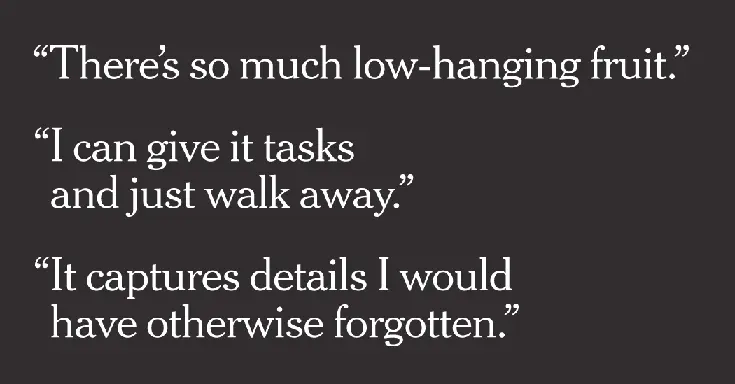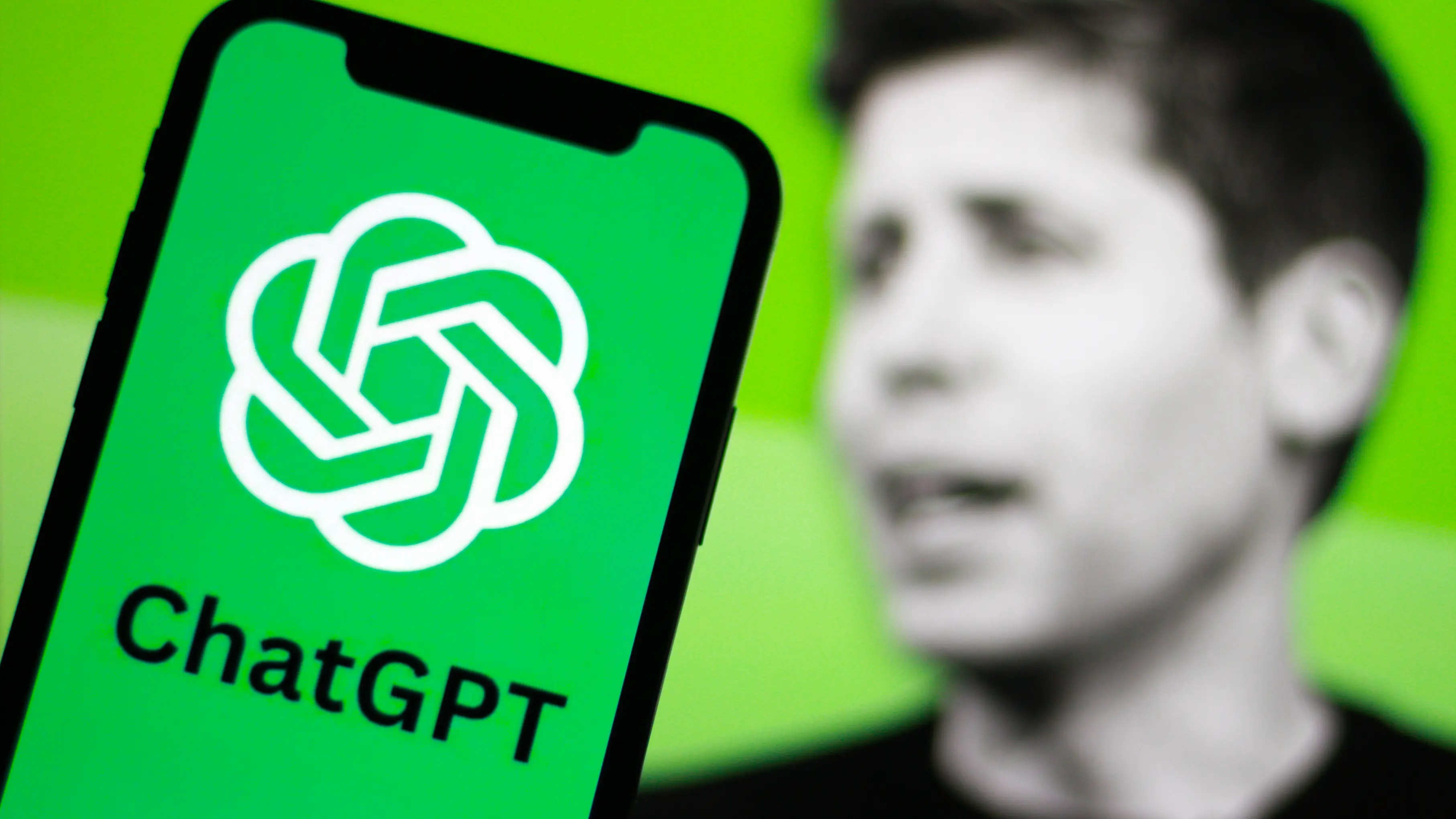T4K3.news
Time Reading Shifts Across Generations
A look at how age shapes the way people read time and why digital life is changing the habit.

A look at how age shapes the way people read time and why digital life is changing the habit.
Time Reading Shifts Across Generations
A Preply led look at how generations tell time shows clear gaps. For the time 8:45, 75% of Baby Boomers and 70% of Gen X say quarter to nine, while 57% of Gen Z and 10% of Gen Alpha use eight forty-five. Anna Pyshna, a Preply spokesperson, says younger readers prefer direct expressions and fewer idioms.
The explanation points to technology as a factor. Gen Alpha grows up with screens and online answers, which favors straightforward language. The study also notes many very young people have less exposure to analogue clocks, so digits on a digital display become the default.
Key Takeaways
"Young people are telling time differently."
Direct quote from Pyshna about the generational shift.
"Because Gen Alpha is growing up fully immersed in technology, they’re accustomed to quickly searching for information online."
Pyshna's explanation of tech influence.
"Gen Alpha often uses English in ways that prioritises clarity over tradition."
Description of Gen Alpha language style.
"Some very young people didn't grow up reading an analogue clock."
Finding noted by Preply.
The piece hints at a wider shift where digital life reshapes everyday speech. If time expressions become more literal, interfaces and learning materials may need to adapt.
However, the result may not reflect all communities or languages. More diverse data would help see if this is global or limited to online learners.
Highlights
- Eight forty-five sounds clearer than quarter to nine
- Clarity replaces tradition in a digital world
- The clock is becoming a data point rather than a social cue
- Technology trains us to answer fast and straight
Language evolves with our screens, and time itself may shift.
Enjoyed this? Let your friends know!
Related News

Diablo IV 2.4.0 PTR Preview

Markets rise as Ukraine talks loom

New insights on the challenges of generative AI

AI tools expand in workplaces

Stellar's Price Set for Rise After Trump's Crypto Bill

AI risk shaping money and life

OpenAI launches GPT-5 with innovative features

NHS doctor reveals frontline racism and strain
